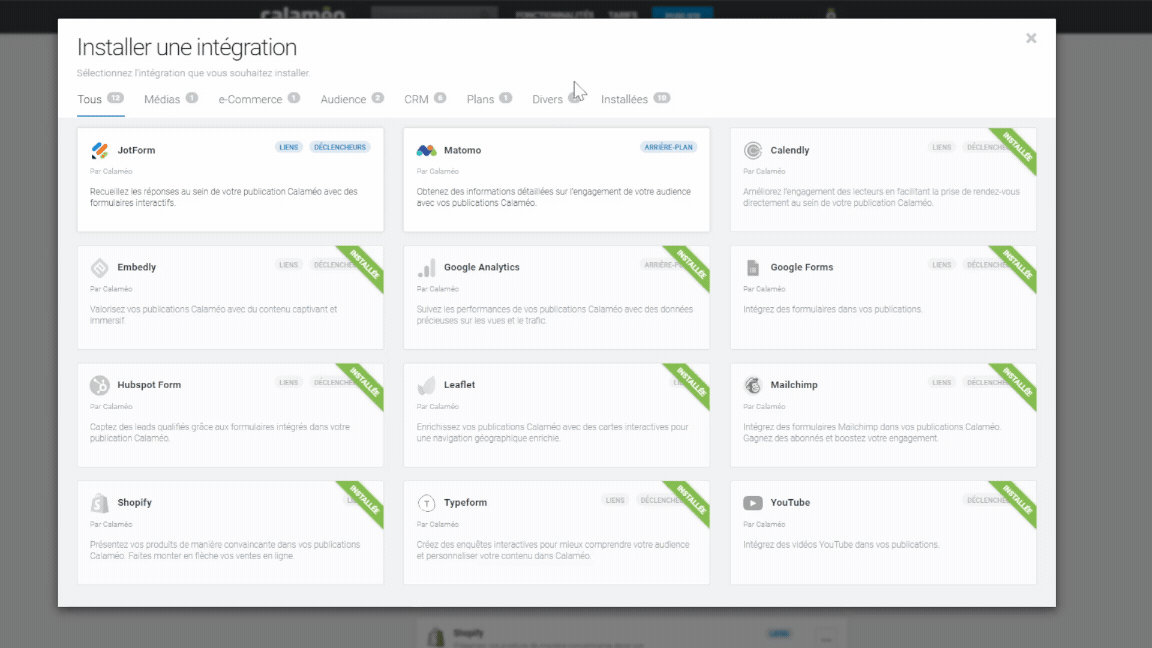The smartphone turned ten in 2017 and in just a decade it has had an enormous impact on everything from banking to ordering takeout. Digital publishing is no exception. Now more than ever, making sure your content looks great, works perfectly and offers maximum appeal on mobile devices is key.
In this post, we’ll discuss why getting it right on mobile matters in today’s digital publishing landscape.
Mobile majority
First things first: more people than ever are using their smartphones to go online. That means that if your publications aren’t optimized for mobile display, you risk missing out on a big chunk of your audience’s time and attention. Globally, mobile usage overtook desktop in November 2016 and climbed to 54% of total internet usage by July 2017. Users across the world averaged 86 minutes a day on their phones to access the internet in 2016, compared to 36 minutes on their desktops. Those figures are even higher in the United States: Americans spent 52 minutes a day online on their desktops, and 145 minutes online on their phones.
Responsive design
By making your publications easy and attractive to view on mobile screens, you can reach readers who prefer to use their phones to browse online. With Calaméo, you never have to worry about how your document will look beyond the desktop. Our powerful technology automatically optimizes your publications for cross-platform viewing. Links always stay right where you put them and your documents keep impeccable image quality on all mobile and tablet devices.
Social content
Smartphones open up an ideal avenue to bring your digital publications into the social media ecosystem. Mobile users spend a lot of time on apps—fully half the total time that they devote to digital media—and social networking apps play a big part. It has been estimated that the average person is on Facebook for 35 minutes a day and will scroll through 18 entire days on Twitter over the course of his or her lifetime.
It’s essential that sharing your publications is simple for your readers, even on smartphones. The share button on Calaméo’s viewer lets readers post about your publications on Facebook, Twitter, LinkedIn and more from their mobile devices in just a few taps.
The next step is to share your own publications on your business’s own social media accounts. Up to 47% of Facebook users access the service exclusively through the mobile app. You can maximize your ability to engage mobile users by adding your publications to your social profiles, so that readers can easily find and view them on their smartphones.
💡 TIP: Looking for social inspiration? Our Guide to Social Strategy is full of smart ideas for digital publishers.
What’s next
Responsive design and smart sharing allow your digital publications to shine on mobile devices. Go further with the biggest trends in smartphone usage: video content and mobile shopping.
Our PLATINUM plan has everything you need to take full advantage of your content’s mobile potential. Start by using the Editor to add Shopping links and embed videos directly inside your publications. Then, consult detailed statistics to find out what engaged your audience most and how they click on mobile. The results just might surprise you!
📲 Calaméo’s publication viewer got a new look in 2021, including an awesome mobile update. Check out all the details and browse the 2021 theme!







